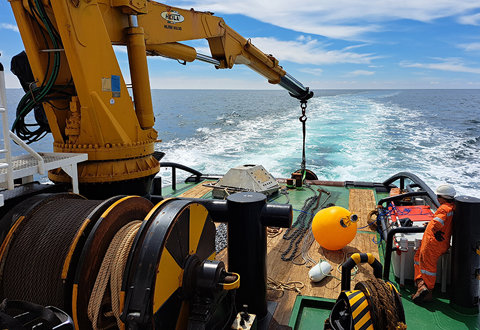
Environmental Impact Report and draft Appropriate Assessment for the Modular Offshore Grid 2 (The Princess Elisabeth Island)
The artificial Princess Elisabeth Island (PEI) stretches across an area of 6 hectares and is located 45 km off the Belgian coast in the middle of the Princess Elisabeth Zone (Belgium’s second offshore wind zone). The artificial island is constructed with concrete caissons and filled with sand, and hosts both high-voltage direct current (HVDC) and alternating current (HVAC) infrastructure. The PEI project extends the Belgian offshore transmission grid by connecting new wind farms in the Belgian part of the North Sea (3.15 to 3.5 GW) with the onshore transmission grid. The PEI is connected to the land by six 220 kV three-phase AC export cables and one HVDC cable system. The initiator of the PEI project is Elia.
Later, IMDC wrote a change Environmental Impact Report and change concept Appropriate Assessment for an alternative landing method that was not covered in the initial permit for the MOG2/PEI project. This alternative landing method involves a wide trench - possibly additionally equipped with turning basins or basins - that is dredged in the zone close to the coast, to serve as an access channel for the cable-laying vessel.Later, IMDC wrote a change Environmental Impact Report and change concept Appropriate Assessment for an alternative landing method that was not covered in the initial permit for the MOG2/PEI project. This alternative landing method involves a wide trench - possibly additionally equipped with turning basins or basins - that is dredged in the zone close to the coast, to serve as an access channel for the cable-laying vessel.
Tasks:
- Writing the Environmental impact report (EIR)
- Writing the draft Appropriate Assessment (AA)
- Performing sediment plume modelling for the dredging works for the island construction and export cables
- Performing the Life Cycle Analysis for the island and export cables
- Technical support during engagement with competent authority MUMM
 The Princess Elisabeth Island (Elia).
The Princess Elisabeth Island (Elia).



